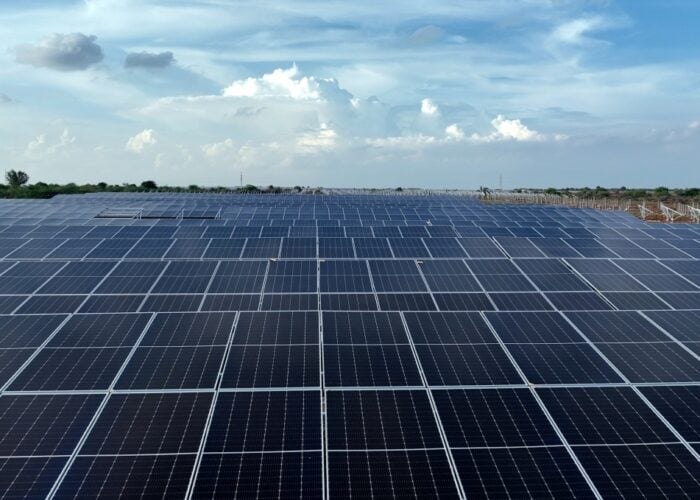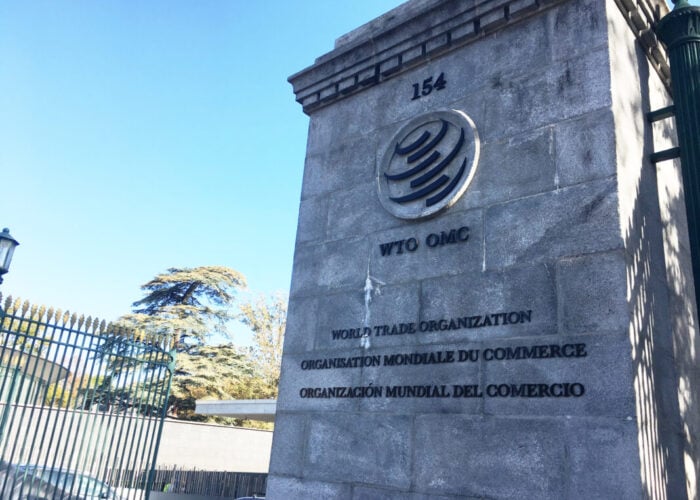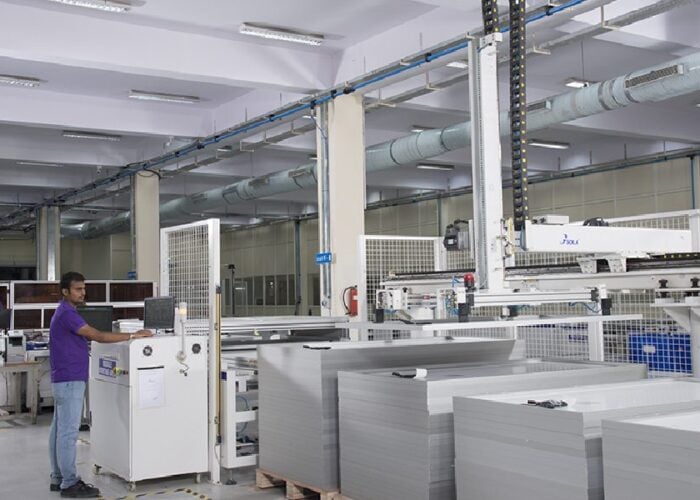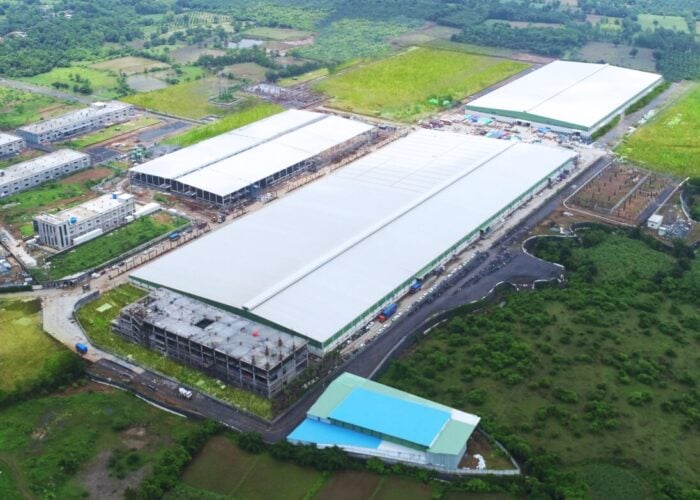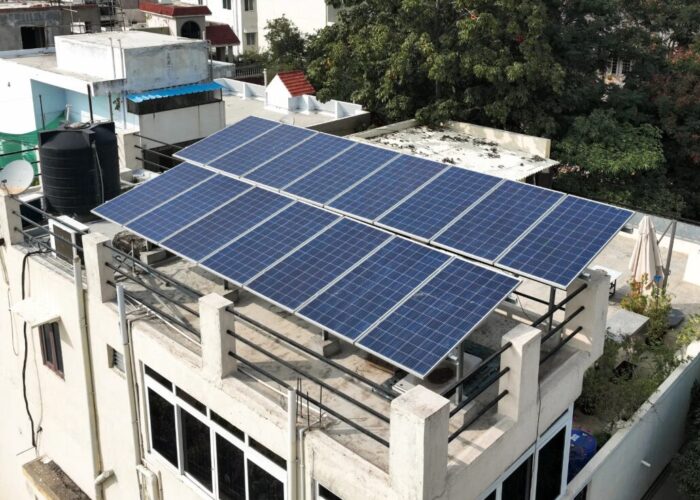
The opening sessions at PV Tech’s forthcoming PV IndiaTech event in Delhi on 24-25 April 2019 are certain to be high on the list of the attendees, eagerly anticipating our inaugural conference within India.
One of the presentations in the morning session comes from Vinay Rustagi, the Managing Director at the leading domestic market research organization within the country – Bridge to India.
Try Premium for just $1
- Full premium access for the first month at only $1
- Converts to an annual rate after 30 days unless cancelled
- Cancel anytime during the trial period
Premium Benefits
- Expert industry analysis and interviews
- Digital access to PV Tech Power journal
- Exclusive event discounts
Or get the full Premium subscription right away
Or continue reading this article for free
Ahead of Vinay’s talk, PV IndiaTech 2019 Chair and head of research at PV Tech, Finlay Colville, took the time to ask him to comment on some of the key issues affecting the Indian solar market today.
Finlay Colville: Vinay – thanks for being a key speaker at the first PV IndiaTech event. Could you share some thoughts about how you see the India market in 2019? What is the current forecast at, and what is the expected contribution from rooftop solar?
Vinay Rustagi: The Indian market is just coming off a tough year after seeing a first bump in annual capacity additions and a number of policy glitches. I would say that the mood is cautiously optimistic with many new tenders in the pipeline and elections underway. We expect a2019 capacity addition at 13.4GW(AC) with about 18% of it coming from rooftop solar.
FC: Continuing on the deployment theme, the initial goal of the National Solar Mission was to get to 100GW in 2022. Is this still a possibility, and what needs to change in order for this goal to be hit?
VR: We have maintained for some time that this target is beyond reach for a number of operational, financial and market factors. Rather than worry about the target, the government should, in our view, focus on streamlining procurement, easing challenges related to land acquisition and transmission, and providing a stable policy outlook.
FC: There is much debate currently about what the 100GW will look like in terms of module quality, reliability and performance, and whether this will be providing a reliable energy supply to the country. Do you think this is a major concern?
VR: Unfortunately, there is no widescale study or research in this area on this very important subject. Based on anecdotal evidence, we believe that focus on quality and performance still needs to improve. But we also have reasons to believe that we are moving in the right direction with increasing concentration in the sector, availability of more field data and belated government focus.
FC: You have been tracking market-share contributions closely for the installed capacity so far within India. When do you think we will see changes to the market being dominated by imported Chinese product, with new DCR quotas being mandated by the government now?
VR: It is hard to see any material change in the short to mid-term scenario. The government seems committed to MAKE IN INDIA but none of the policy efforts have borne any fruit yet. We need a more coordinated policy thrust and long-term visibility for investors to come and make long-term investments in this market.
FC: Returning to module quality, there is clearly a need to put processes in place to ensure that quality is improved and there are test/inspection/certification protocols in place. How are things progressing on this front?
VR: We are still in the early stages of this process. We believe that the government will take a much more active stance on this subject in the future. Equally importantly, the private sector is becoming more informed and gaining necessary skills and competence. The two sets of parties will need to work together to ensure a practical and effective regime.
FC: Moving on to your talk at the event, what are the key themes and topics you intend to cover?
VR: I am mainly going to focus on key market trends over the last few years and changes needed to lay the foundation for sustained growth of the sector.
FC: What do you hope to hear from other contributors to the event? Are there key questions you would like there to be constructive discussions on?
VR: I am looking forward to meeting loads of people to hear their ideas about domestic manufacturing prospects, pricing outlook, and expectations from the new government. I would also be interested to hear more on improvements in BOS, particularly inverter design and reliability.
FC: Thanks Vinay for your time today, and we are looking forward to hearing your talk at PV IndiaTech 2019!

